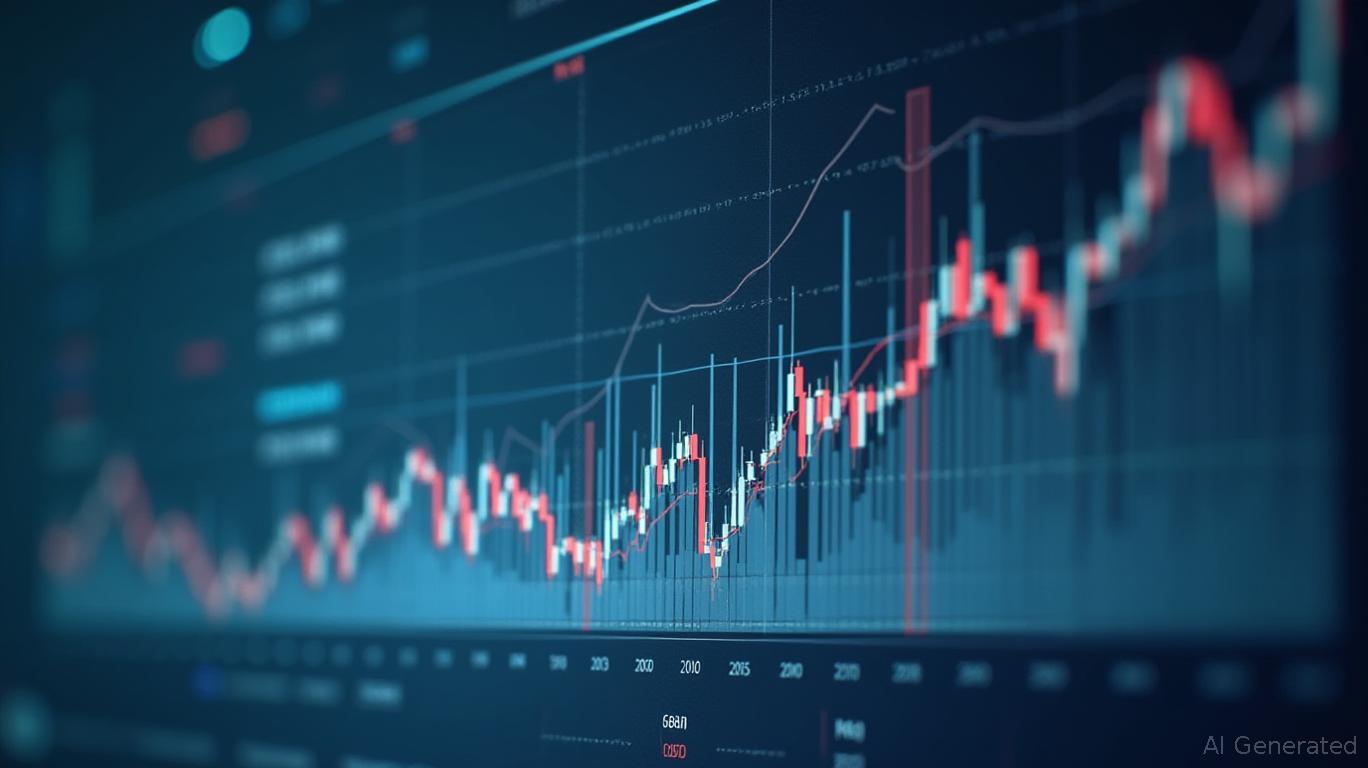Bond Market Eyes Inflation for Steeper Yield Curve
Sunday, Mar 23, 2025 4:02 pm ET
The bond market is abuzz with anticipation as investors closely monitor inflation data, hoping to gauge the future trajectory of the yield curve. With the yield on the benchmark 10-year U.S. Treasury note nearing 4.8% by January 2025, up from around 3.6% in September 2024, the market is pricing in better economic growth but remains cautious about inflation expectations. This dynamic has led to a more normal upward-sloping yield curve, signaling a shift from the inverted curve that dominated much of 2024.

The current inflation data, which trended higher from 2.4% in 2024 to 2.9% by year’s end, is a critical factor influencing the shape of the yield curve. Rob Haworth, senior investment strategy director with U.S. Bank Asset Management, notes that "Long-term bond yields appear to be range-bound, which is a good sign. The market’s current yields are pricing in better economic growth, but we’re not seeing higher inflation expectations, which is often what triggers an interest rate upturn." This suggests that while inflation is rising, it is not yet at a level that is causing significant concern about future interest rate increases.
However, the yield curve's shift to a more normal upward-sloping shape indicates that long-term yields are higher than short-term yields, a sign of economic growth and stability. This has implications for long-term bond yields, which are higher and can impact the returns on long-term bonds. Investors may need to reexamine the role bonds play in their diversified portfolios considering current market dynamics, as higher long-term yields can erode the value of long-term bonds.
10-year's treasury stock increase(6518)2-year's treasury stock(6518)region include us(4946)10-year's treasury stock increase ; 2-year's treasury stock ; region include us(4946)
Treasury Stock interval growth value2015.03.31-2024.12.31 | Treasury Stock(USD)2024.12.31 | Region |
|---|---|---|
| 115.58B | -- | United States |
| 96.91B | -- | United States |
| 77.18B | -- | United States |
| 77.18B | -- | United States |
| 74.93B | -- | United States |
| 73.57B | -- | United States |
| 60.48B | -- | United States |
| 56.23B | -- | United States |
| 55.08B | -- | United States |
| 48.80B | -- | United States |
Ticker |
|---|
| JPMJpmorgan Chase |
| WFCWells Fargo |
| BRK.ABerkshire Hathaway A |
| BRK.BBerkshire Hathaway B |
| HDThe Home Depot |
| CCitigroup |
| MAMastercard |
| PGThe Procter & Gamble |
| JNJJohnson & Johnson |
| GSGoldman Sachs |
View 4946 results
A steeper yield curve typically indicates a growing economy and potentially higher inflation. This is because short-term interest rates are lower, reflecting the current economic conditions, while long-term interest rates are higher, anticipating future economic growth and inflation. For example, a normal yield curve might show a two-year bond offering a yield of 1%, a five-year bond offering a yield of 1.8%, a 10-year bond offering a yield of 2.5%, a 15-year bond offering a yield of 3.0%, and a 20-year bond offering a yield of 3.5%. In contrast, a steep yield curve would show a more pronounced increase in yields as maturity lengths increase.
Investors might adjust their portfolios in response to a steeper yield curve by moving away from long-term bonds, as their yields are likely to erode against increased prices. Instead, they might consider investing in defensive assets that traditionally do well during periods of economic expansion, such as stocks or real estate. Additionally, investors might look for opportunities in the bond market, such as investing in shorter-term bonds or bond ETFs, which are less sensitive to changes in interest rates.
In conclusion, the bond market's focus on inflation data is crucial for understanding the future trajectory of the yield curve. While the current data suggests a more normal upward-sloping curve, investors should remain vigilant and adjust their portfolios accordingly to navigate the evolving economic landscape.


_219eac971750077834984.jpeg)






